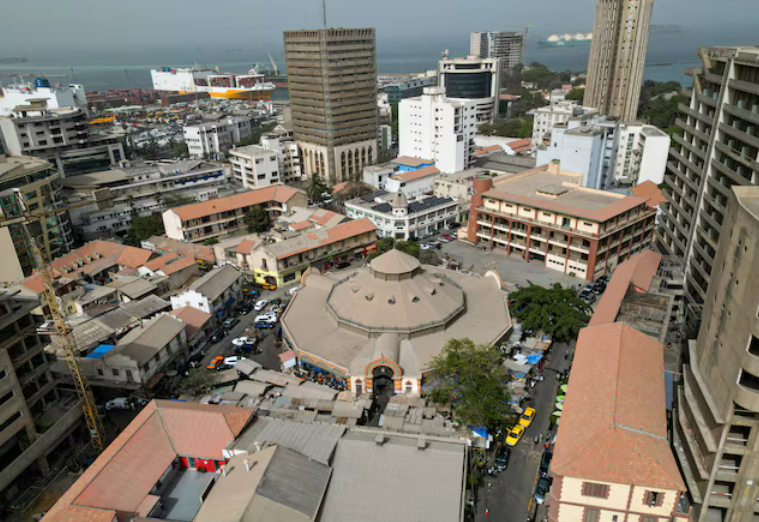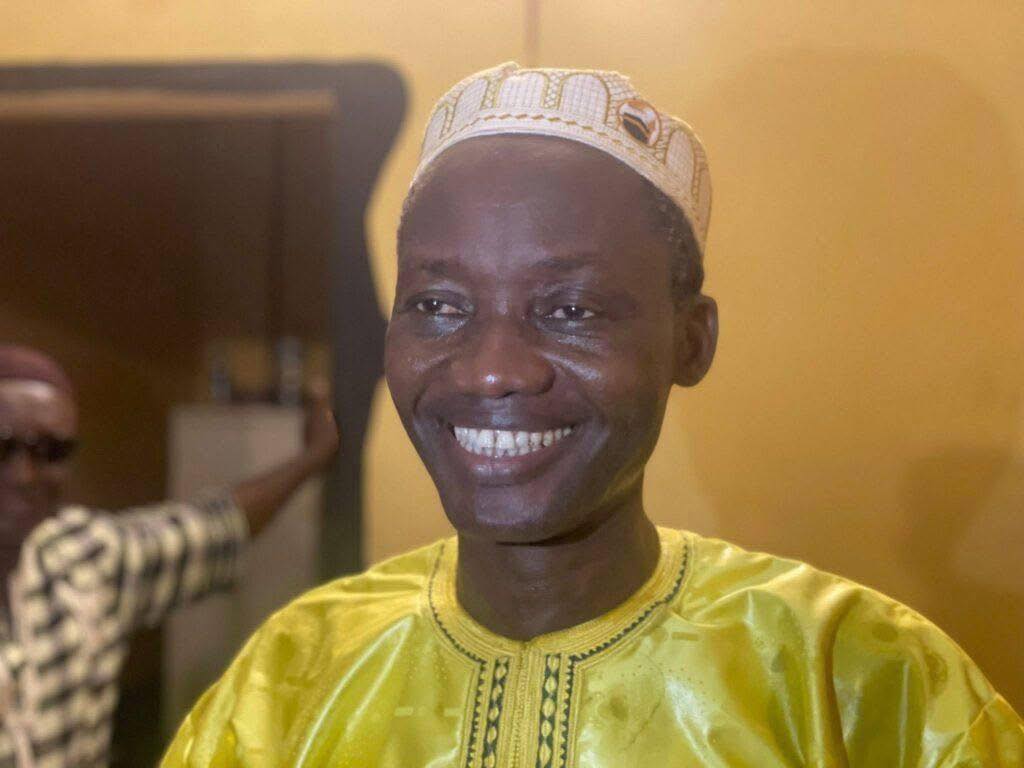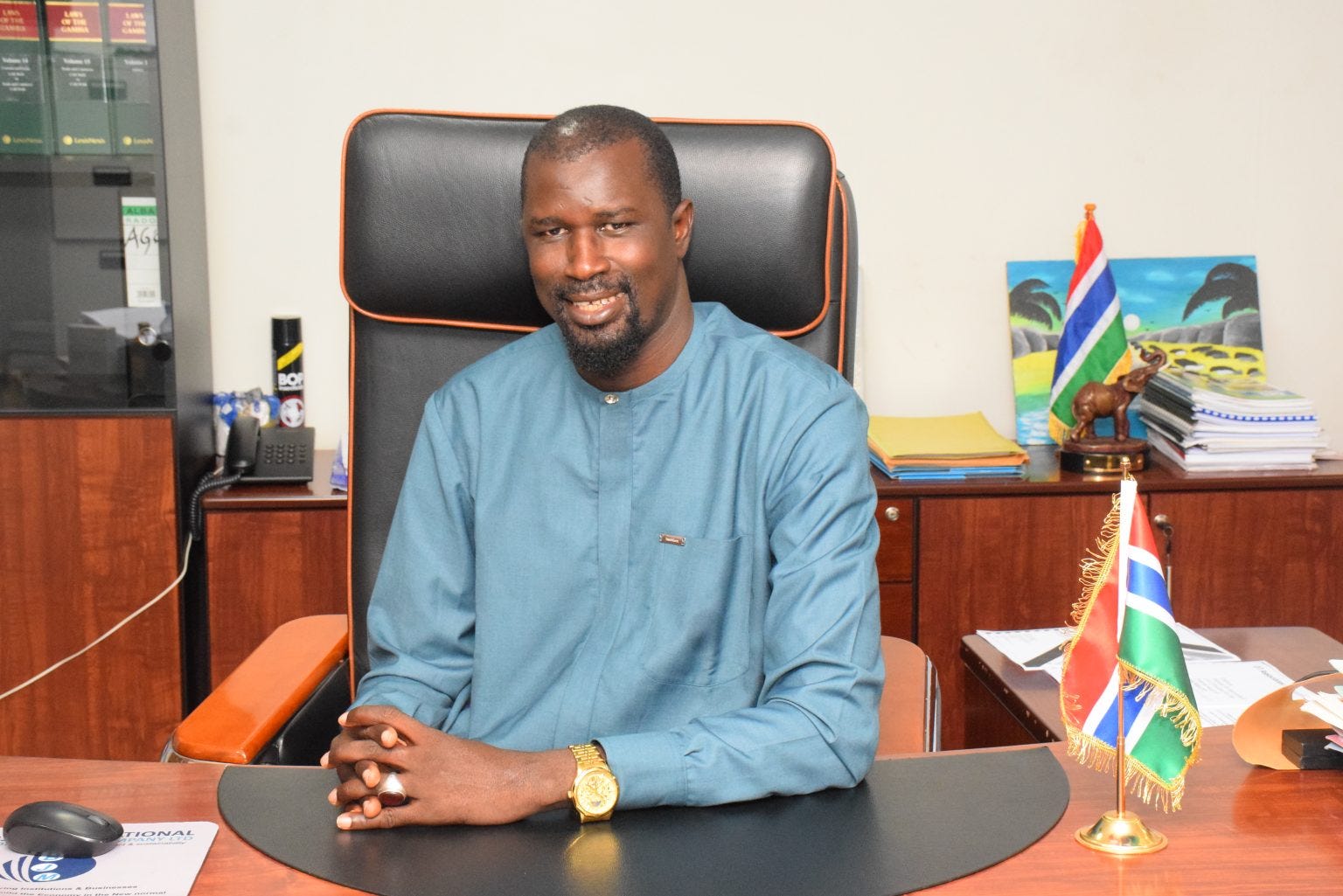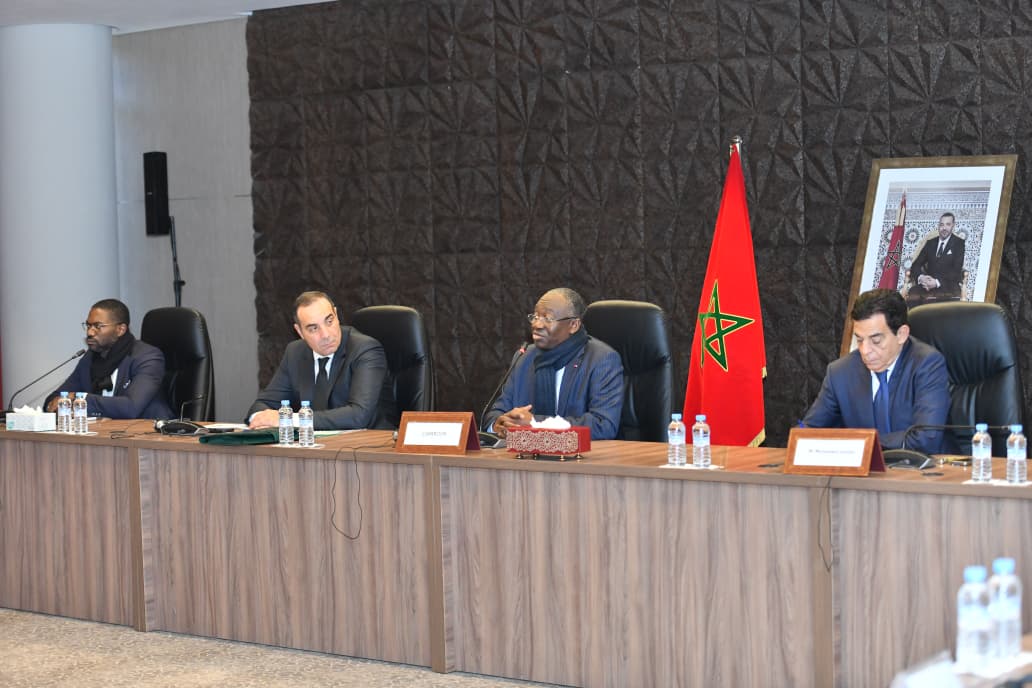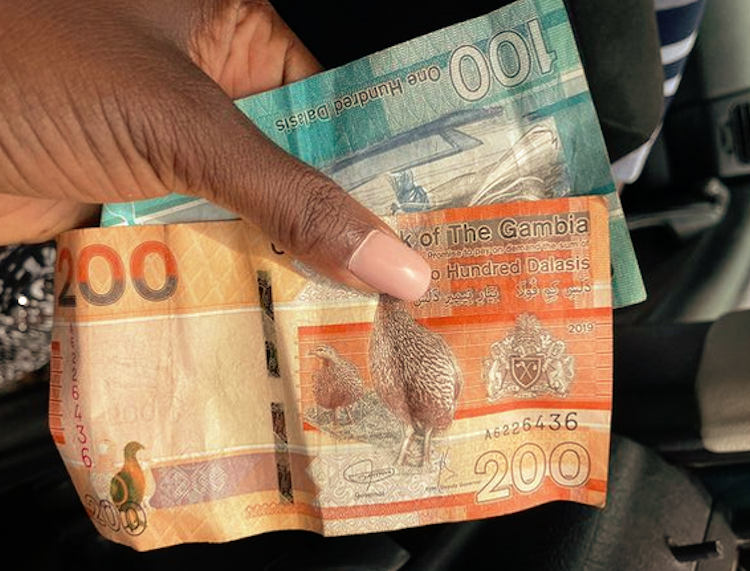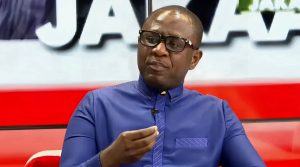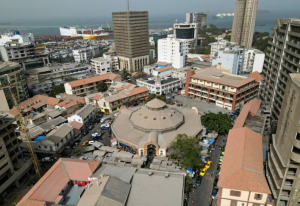Gambiaj.com – (Banjul, The Gambia) – The Governor of the Central Bank of The Gambia, Buah Saidy, has openly acknowledged that the sustained weakening of the dalasi against the CFA franc is rooted in structural economic imbalances between The Gambia and Senegal, as well as policy constraints imposed by the Central Bank of West African States (BCEAO).
In a candid press briefing held yesterday, Governor Saidy said the dalasi’s depreciation is not merely a monetary phenomenon but a reflection of deeper issues tied to The Gambia’s trade and financial dependence on its larger neighbor.
“The Gambia imports a significant amount of goods and services from Senegal, including essentials like food, building materials, and even electricity,” Saidy explained. “All these are paid for in CFA francs, and that creates a persistent demand for the CFA that our economy struggles to match.”
Structural Trade Deficit Driving Currency Pressure and Two-Pronged Strategy
Saidy’s admission marks one of the clearest acknowledgments yet from a senior Gambian official that the dalasi’s relative weakness stems from The Gambia’s chronic trade deficit with Senegal. With local production still limited and import dependence high, particularly on Senegalese goods, the CFA has grown stronger in local forex markets, putting the dalasi under continuous pressure.
“If your demand is more than your supply, the price increases,” Saidy said, using a basic economic principle to explain why the CFA continues to appreciate relative to the dalasi.
Saidy outlined a two-pronged approach to reverse the imbalance: boosting exports and leveraging financial technology to reconfigure cross-border financial flows.
First, the Central Bank is working with the government and development partners to reduce reliance on Senegalese imports. Saidy cited an African Development Bank-funded project aimed at increasing Gambian export capacity over a three-year period.
While details were scarce, the plan underscores a longer-term ambition to reorient the country’s trade structure.
Second, the Central Bank is engaging with BCEAO authorities to resolve restrictive policies that limit the flow of remittances from Senegal to The Gambia through fintech platforms.
“Currently, while these companies facilitate money transfers to Senegal, they cannot receive money from Senegal due to BCEAO policies,” Saidy noted.
This one-way remittance flow exacerbates the imbalance, as CFA francs exit The Gambia with little financial reciprocity.
Saidy indicated that negotiations are underway with the BCEAO governor to lift this restriction, allowing for bidirectional transfers that could ease the demand for CFA and stabilize the dalasi.
The Governor’s remarks come at a time when the dalasi’s depreciation is being felt across Gambian markets, with rising prices for imported goods compounding cost-of-living concerns.
While Saidy was optimistic about the steps being taken, his statements revealed how The Gambia’s economic dependence on Senegal and BCEAO regulations continues to limit The Gambia’s financial maneuverability.
Analysts suggest that until The Gambia significantly diversifies its economy, increases domestic production, and achieves greater currency parity in financial flows with Senegal, the dalasi will remain exposed to external shocks — particularly in a subregion where monetary sovereignty is highly asymmetrical.
Governor Saidy’s frank assessment may signal a shift toward more transparent economic policymaking — one that recognizes the regional dynamics shaping The Gambia’s financial stability. But for now, the weight of the CFA on the dalasi remains heavy, and the road to equilibrium is long.




